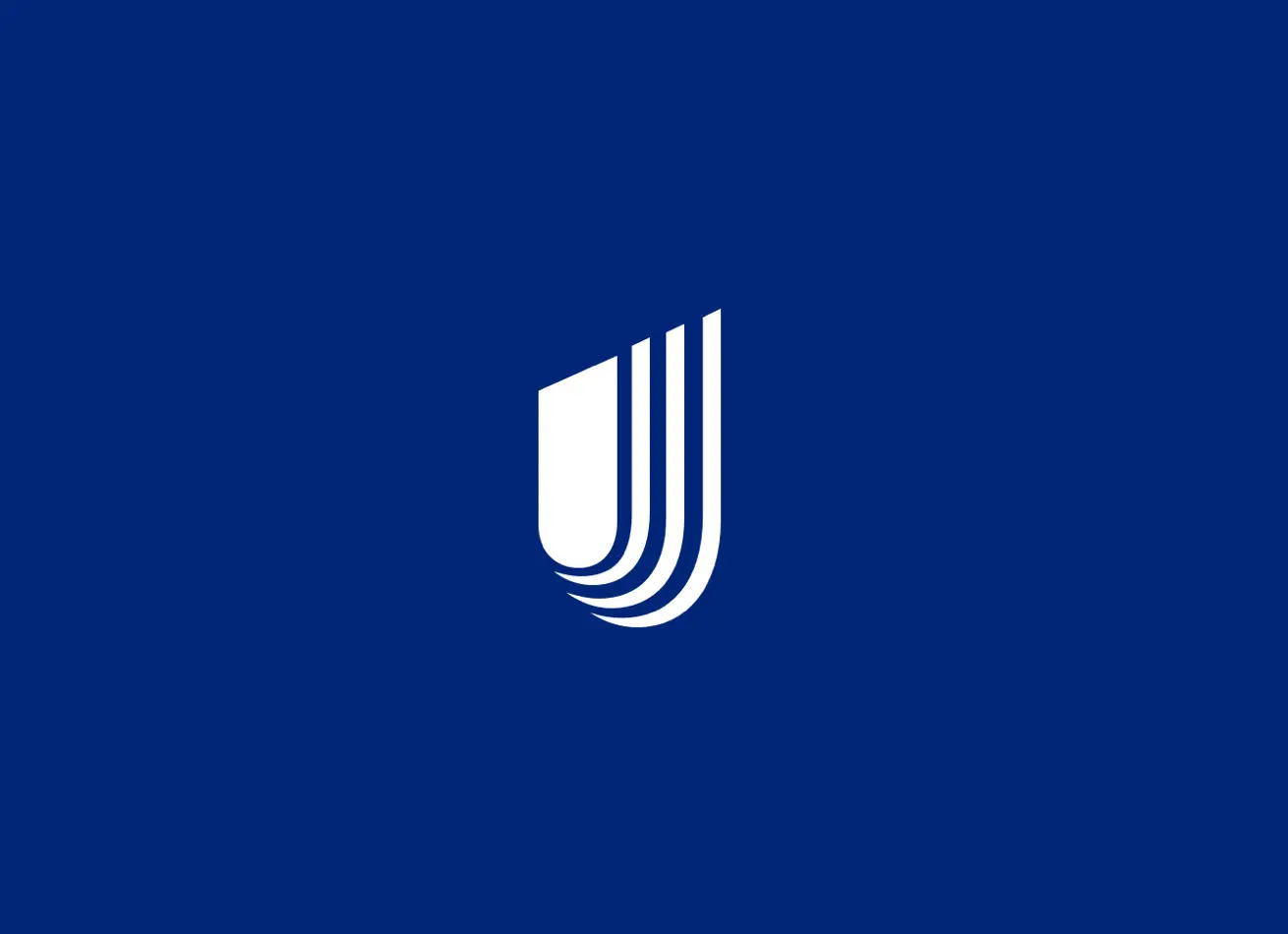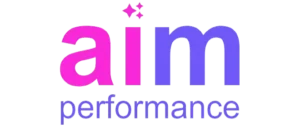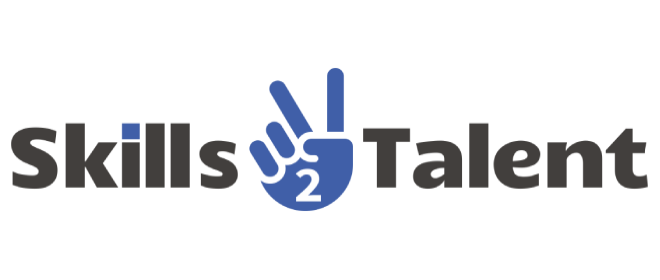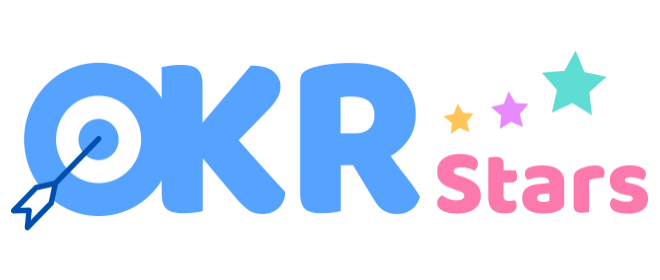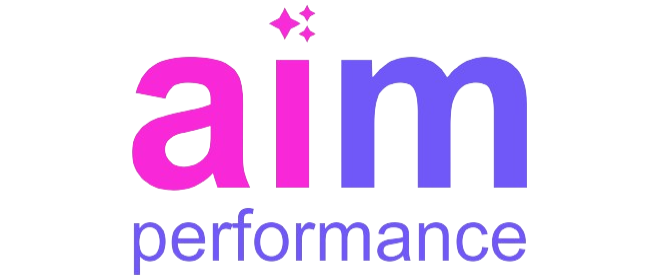Introduction: Unleashing Workforce Potential through Performance Management
In today’s fast-paced business environment, organizations constantly seek ways to boost productivity. One of the most effective strategies is performance management, a systematic approach to improving employee performance. This approach is essential for white-collar, grey-collar, and blue-collar workforces, each of whom plays a crucial role in the success of an organization. In this blog, we will explore how performance management can help increase productivity across these diverse workforce categories.
Understanding the Role of Performance Management
Performance management is more than just a tool for evaluating employees; it is a comprehensive process that involves setting clear expectations, providing continuous feedback, and recognizing achievements. For white-collar, grey-collar, and blue-collar workforces, this approach ensures that everyone is aligned with the organization’s goals and working towards the same objectives.
By implementing a robust performance management system, organizations can identify areas where employees excel and areas where improvement is needed. This targeted approach helps in maximizing the strengths of the workforce while addressing any weaknesses, ultimately leading to increased productivity.
Boosting White-Collar Productivity through Goal Setting
White-collar employees, often involved in administrative, managerial, and professional tasks, benefit significantly from clear goal setting. Performance management helps set SMART (Specific, Measurable, Achievable, Relevant, Time-bound) goals that align with organizational objectives. When white-collar workforce have clear and achievable targets, they are more likely to stay focused and motivated.
Moreover, performance management ensures that these goals are regularly reviewed and adjusted as needed. This continuous alignment between individual and organizational goals helps white-collar employees stay on track, contributing to overall productivity.
Enhancing Grey-Collar Efficiency with Continuous Feedback
Grey-collar workforce, who typically perform a mix of technical and administrative tasks, thrive on continuous feedback. Performance management systems provide a framework for regular check-ins and reviews, allowing grey-collar employees to receive constructive feedback on their work. This ongoing dialogue between managers and employees helps in quickly addressing any issues and implementing improvements.
Continuous feedback also fosters a culture of open communication, where grey-collar workforce feel valued and supported. When employees know that their contributions are recognized and appreciated, they are more likely to be engaged and productive in their roles.
Improving Blue-Collar Output with Clear Expectations
For blue-collar workforce, who are often involved in manual labor and production tasks, clear expectations are key to productivity. Performance management systems ensure that these workforces understand exactly what is expected of them in terms of performance and output. This clarity helps in minimizing errors and increasing efficiency on the job.
Additionally, performance management can include regular training and development opportunities for blue-collar workforce. By equipping them with the skills and knowledge they need, organizations can enhance their productivity and ensure that they are performing at their best.
Fostering Collaboration Across Workforce Categories
One of the most significant benefits of performance management is its ability to foster collaboration across different workforce categories. White-collar, grey-collar, and blue-collar workforce often have distinct roles, but their success is interconnected. Performance management helps in breaking down silos and encouraging teamwork, as employees from different categories work together towards common goals.
By promoting a collaborative work environment, performance management helps increase productivity across the board. When employees from different categories understand and appreciate each other’s contributions, they are more likely to support one another, leading to a more cohesive and productive team.
Utilizing Technology to Streamline Performance Management
Incorporating technology into performance management can greatly enhance productivity for all workforce categories. Modern performance management systems offer tools that automate various aspects of the process, such as goal setting, feedback collection, and performance tracking. These tools not only save time but also ensure that the process is consistent and transparent.
For white-collar workforce, technology can help in tracking progress on complex projects. Grey-collar workforce can benefit from tools that monitor both their technical and administrative tasks. Blue-collar employees can use technology to receive real-time feedback and training, helping them stay productive on the job.
Aligning Performance with Organizational Objectives
A key aspect of increasing productivity through performance management is ensuring that individual performance is aligned with organizational objectives. This alignment ensures that every employee, whether white-collar, grey-collar, or blue-collar, is contributing to the organization’s success in a meaningful way.
Performance management systems help in setting these aligned goals and regularly reviewing progress towards them. When employees understand how their work contributes to the bigger picture, they are more motivated to perform at their best, leading to increased productivity across the workforce.
Recognizing and Rewarding High Performers
Recognition and rewards are powerful motivators that can significantly boost productivity. Performance management systems help in identifying high performers across all workforce categories and providing them with the recognition they deserve. This recognition can take various forms, such as bonuses, promotions, or public acknowledgment.
For white-collar workforce, recognition might come in the form of career advancement opportunities. Grey-collar workforce may appreciate bonuses or additional training opportunities. Blue-collar employees might value tangible rewards, such as bonuses or extra time off. By tailoring recognition to the preferences of each workforce category, organizations can maximize the impact of their reward systems on productivity.
Driving Continuous Improvement Through Performance Management
Finally, performance management is a continuous process that encourages ongoing improvement. By regularly reviewing and adjusting performance management strategies, organizations can ensure that they are always striving for higher levels of productivity. This commitment to continuous improvement benefits all workforce categories, as it creates an environment where everyone is encouraged to grow and develop.
Whether through regular training, updated performance metrics, or new technology, continuous improvement efforts ensure that white-collar, grey-collar, and blue-collar workforce are always moving towards higher levels of productivity.
Conclusion: The Power of Performance Management in Boosting Productivity
In conclusion, performance management is a powerful tool for increasing productivity across white-collar, grey-collar, and blue-collar workforce categories. By setting clear goals, providing continuous feedback, fostering collaboration, utilizing technology, and recognizing high performers, organizations can ensure that their workforce is performing at its best. With a focus on continuous improvement, performance management helps create a dynamic and productive work environment where every employee can thrive.



